Time-lapse videos can look incredibly impressive and they’re not difficult to make – even with basic equipment. Kirk Norbury explains how to create one for yourself.
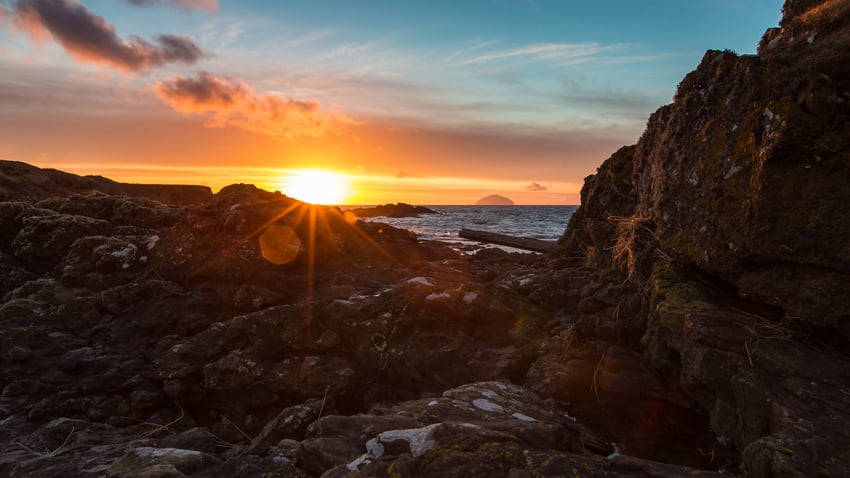
Time-lapse photography is the art of taking single frames and combining them to create a video sequence that shows the movement of time and space much faster than we are used to seeing with our own eyes. Time-lapse photography may look difficult and complicated but it’s easier than you may think. In this article I will go through what gear you will need and my best tips so you can also get those great video sequences.
Equipment
There are four basic things you need when it comes to shooting your time-lapse images:
DSLR
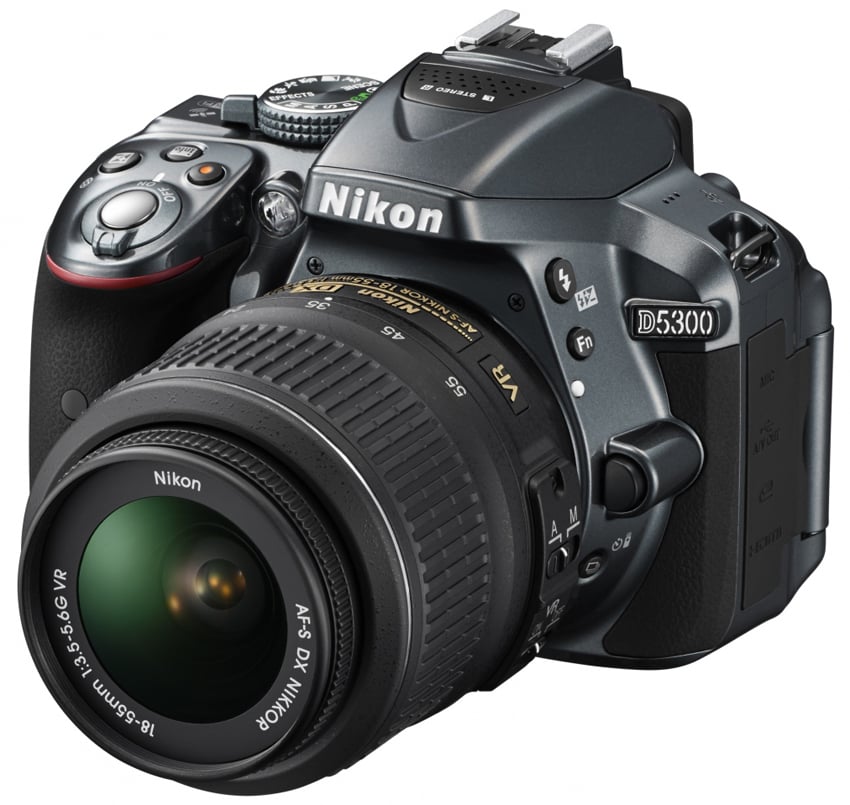
You can use any DSLR although if you select one with a built-in intervalometer (such as the Nikon D5300 or Pentax K5-II) then you won’t need to purchase this separately. Some Compact System Cameras and even high-end compact cameras now also offer these as standard, so check before you buy if you’re particularly interested in this technique.
Lens
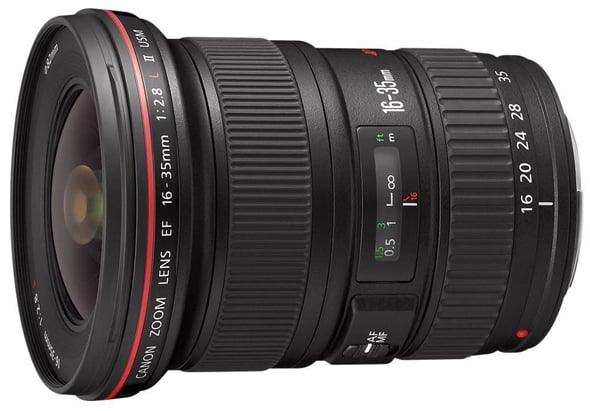
Most time-lapse subjects would suit a wideangle focal length but your subject might be better captured with a different focal length.
Intervalometer
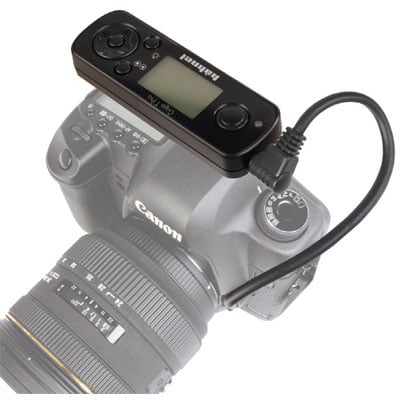
Many remote controls allow you to select interval shooting – check to see if this is offered before you buy.
Tripod
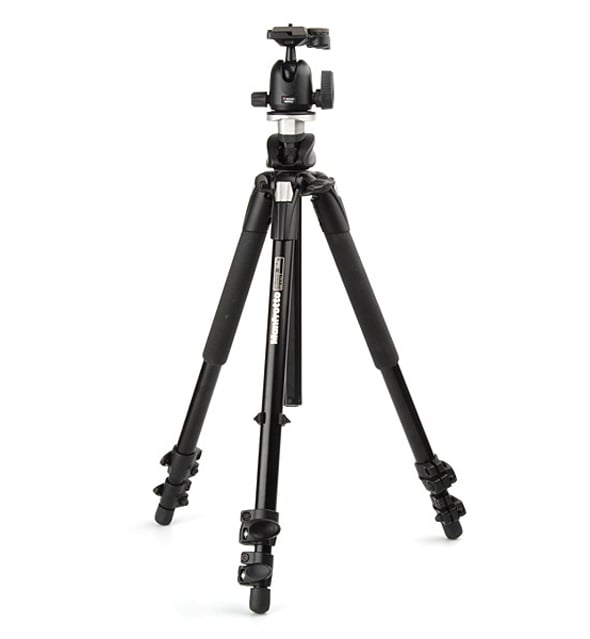
A sturdy tripod is essential for capturing a series of images from exactly the same viewpoint.
Planning your shot
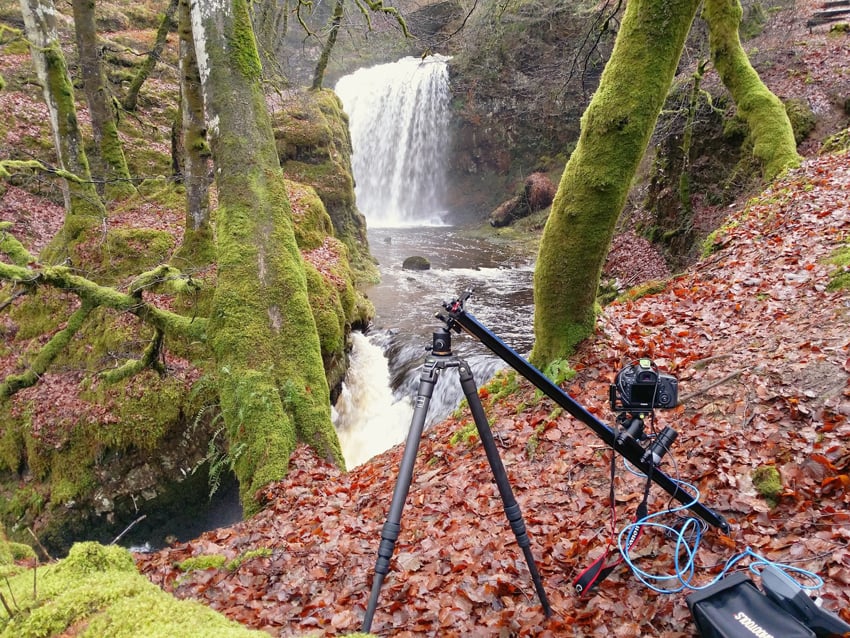
When planning your shot you need to consider the movement of the subject before anything else. Are you going to see much of a difference over time or will everything stay the same? Planning your shot and picking a subject in a scene that changes over time will make for a more interesting result. This could be anything like the sun setting, traffic moving in a city or the change in weather. Remember that photographic rules still apply to time-lapse photography, so make sure you don’t overlook composition. Consider framing your shot using the rule of thirds and try to look for interesting leading lines, and always make sure there are no distracting elements in your shot.
You need to plan your shot just like you would for any stills photography shoot. Once you’ve settled on your location, check the weather and make a note of when the sun sets and rises. I will always know in my head the shot that I’m after before I reach the location, and this enables me to concentrate on the shot instead of running around not knowing what to shoot. When shooting a time-lapse video, the shots can take a long time to process – anywhere from 10 minutes to as long as you like – so planning is crucial if you’re to get your shot in the limited time you have.
How to set up your shot
When setting up your shot there are a number of things to remember so that you don’t have a ruined shoot. You first need to consider how long you want the camera to be running, as well as the interval to set between each shot. Depending on the frame rate of your final video, always remember that 24-25 shots equates to 1 second of video. I judge the interval time based on how fast subjects are moving in the scene; if I’m photographing fast-moving clouds I will usually have an interval of 2-3 seconds, but if I’m photographing the night sky it could be around 30 seconds. The chosen interval is really up to you, but through experimentation you should be able to understand what works best for a particular scene or subject.
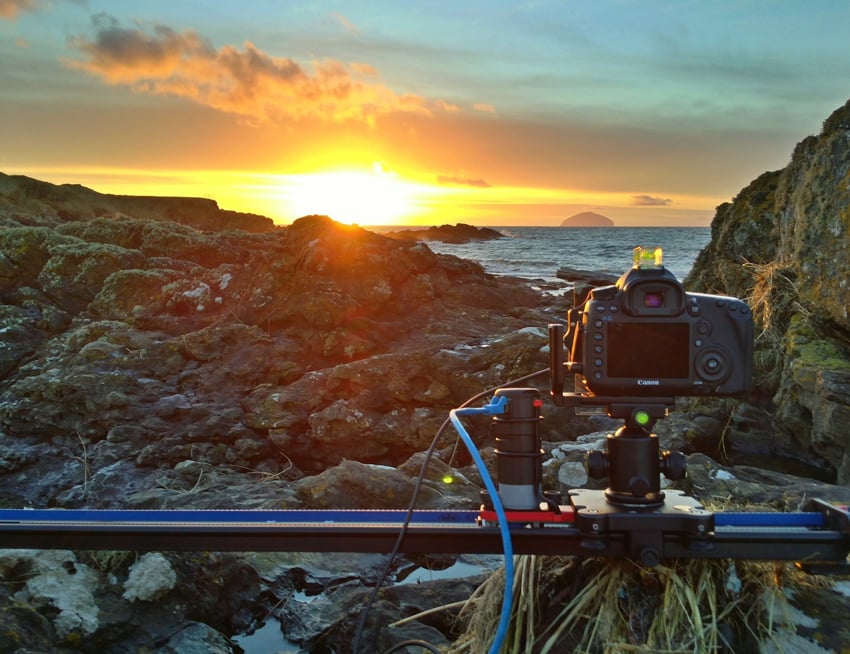
I use a Shootools One motorised slider in my time-lapse photography, as it adds another axis of motion to my videos. The motion you can capture with a slider can create some really interesting shots that look very different to a static time-lapse shot. As this is an introduction to time-lapse photography I won’t be going into any more detail on using sliders but if you have any questions about them please feel free to leave them in the comments below.
Here is a breakdown of my process:
- I first put my camera onto my tripod, pushing the tripod into the ground so that it is more secure. On windy days I will attach my backpack to the tripod to add more weight.
- I then attach my intervalometer and dial in my interval settings. I will then strap the intervalometer to my tripod to stop it from moving in the wind.
- I then put my camera in complete manual mode. You don’t want the camera to judge the exposure for you, as this will create flickering in your video.
- I then check my exposure and also check my focus to make sure it is nice and sharp with no blown highlights.
- I make sure to cover the viewfinder as stray light leaking through could also create flickering.
- I then click ‘start’ on the intervalometer and leave the camera to do its work.
Putting it all together
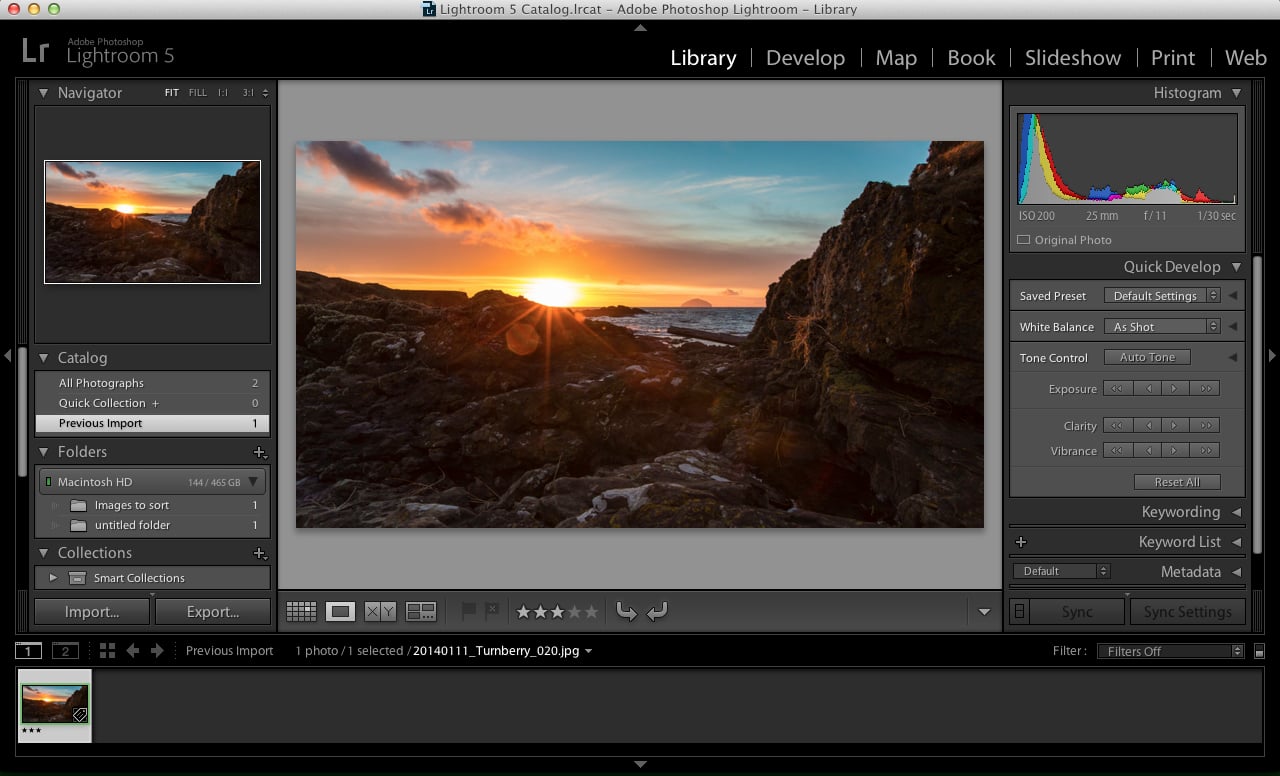
You’ve now got your shot! All you need to do now is edit the images and create the video. This is the area that can be quite frustrating for someone that is new to time-lapse photography as there are several ways to edit your footage and each way is different from the last.
I personally find Adobe Lightroom to be best editing software when working with time-lapse. I upload each sequence of shots into a specific folder and edit one of the shots. After editing the shot I will copy all my settings and then paste them to all of the other images. From here, you can export all the images as a JPEG and then upload them to many different programs that can render them into a video. The most popular is Quicktime Pro 7.
I like to save time when editing so I use a plugin in Lightroom made by LRTimelapse. It’s a free plugin that enables you to select the images in Lightroom and render the video through the slideshow module. Read the instructions and watch the tutorial before using it so you fully understand how it works.
Final tips
- Shoot in Raw as this will give you an image with a larger dynamic range and more possibilities when editing.
- Time-lapse photography can quickly drain your batteries so always carry spares. I would recommend using a battery grip on your DSLR as you will be able to use two batteries at the same time.
- You want the footage to look smooth and a bit of motion blur works well in time-lapse, so try to use a shutter speed of around 1/50sec as this is the standard for a cinematic look.
- Check your settings twice before shooting and take a test shot and check for any blown highlights.
- Clean your camera’s sensor before the shoot and clean the lens element right before you start the shot in case there are any rain droplets on the front element. This could ruin the whole shot!
- Use large and fast memory cards. You’re going to be taking a lot of images and your camera’s buffer needs to quickly process them before the next shot. I recommend anything above 16GB with a write speed of 30MB/s or above. I use Sandisk Extreme 32GB cards and they’ve worked great over the last few years.
- Always the shoot the time-lapse for a longer time than you require, as this will give you more room to breathe when editing. I tend to shoot for a shot that would last around 10-15 seconds when rendered, which equates to 250-375 shots when edited at 25 frames per second.
- Make sure to turn off the ‘Auto Power Off’ and ‘Review Image’ options in your camera this will help save battery life.
Euphoric Nature – Kirk Norbury’s 2013 Timelapse Showreel from Kirk Norbury on Vimeo
Conclusion
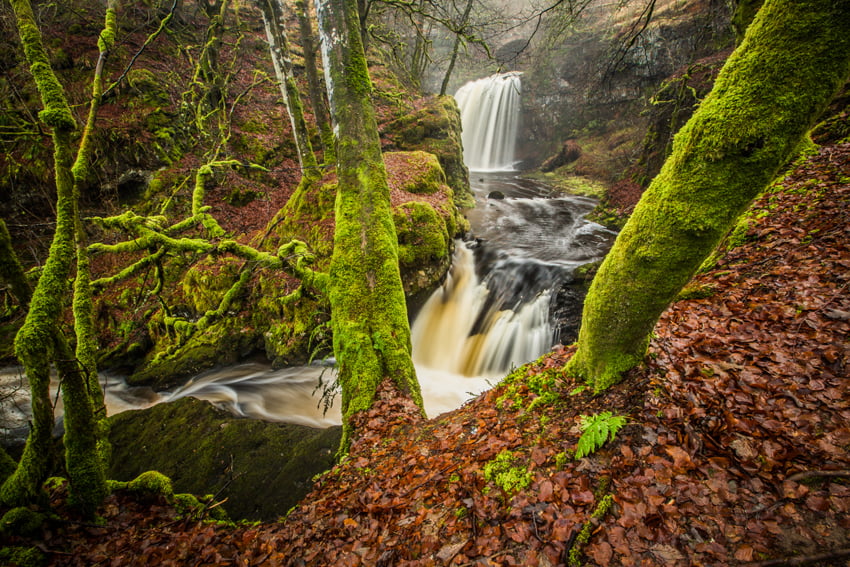
Time-lapse photography can be very addictive, and being able to create motion with your still images just adds another dimension to your photographic skills. At first, it will take a while to get used to everything you need to remember to make the shots work, but with time and practice you’ll be able to think quickly about setting up your shots. By following the advice I have given you your chances of achieving your desired shot should be higher. If you have any questions regarding time-lapse photography please feel free to leave a comment at the bottom of the page and I’ll get back to you as quickly as I can.
About the Author
Kirk Norbury is a nature photographer and cinematographer based in Ayr, Scotland. You can find out about the workshops he runs and view more of his work on his website.
Related articles
How to shoot long exposures (video)
How to photograph the night sky
Beginner’s guide to DSLR video

